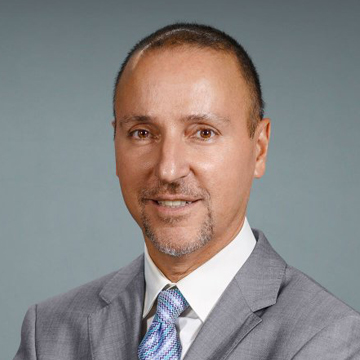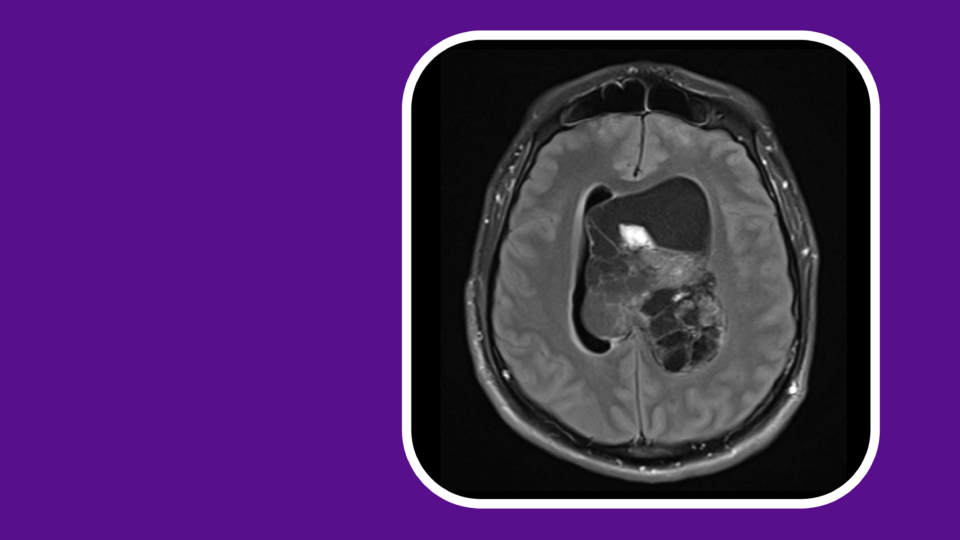The field of neurosurgery has made rapid advances in recent decades, propelled by innovations in imaging and surgical navigation, as well as forward movement in new surgical techniques. Still, the greatest era of innovation may be ahead with the rise of artificial intelligence (AI), big data, and related technologies.
To learn more about the potential future of neurosurgery research, Physician Focus spoke with Douglas Kondziolka, MD, the current editor-in-chief of Neurosurgery Publications, and its flagship journal, Neurosurgery. Dr. Kondziolka is one of the world’s leading neurosurgeons with a clinical and research focus in stereotactic radiosurgery and has played an active leadership role in disseminating neurosurgical research internationally. He served as associate editor of the Journal of Neurosurgery before assuming the editorship of Neurosurgery.
Taking the Helm
Physician Focus: As you became editor-in-chief of Neurosurgery in 2022, what has been your vision for the journal itself?
Dr. Kondziolka: Being one of the world’s preeminent journals of neurosurgical research, we want to continue attracting the very best content. That not only means evaluating articles and getting quality reviews back to the authors quickly, but also being at the forefront in disseminating information through different media forms—video content, podcasts, and also providing articles in audio format.
One of my visions is to make quality science accessible globally—and by that I mean accessible not just among the scientific community, but also to a public who may not be so versed in English. We now have a platform called Neurosurgery Speaks, which offers translated audio abstracts in nearly a dozen different languages. I hope the journal continues advancing more multilingual options.
Big Data’s Impact on Research
Physician Focus: Looking at the current state of neurosurgical research, what are the most prominent trends?
Dr. Kondziolka: Sophisticated data analysis is increasingly informing neurosurgical research. As part of this focus on data analytics, there’s a growing interest in having large datasets to work with. But those aren’t easy to obtain: No single institution has the ability to put together data on thousands of brain tumors, for instance. So, there’s a strong emphasis right now on establishing national data registries through the National Institutes of Health and other national and international organizations.
There is a related push to incorporate greater detail into patient records. Fortunately, electronic health record (EHR) systems are making it much easier by enabling high-quality, point-of-care data collection that also tracks patient outcomes longitudinally. We’re building these systems here at NYU Langone, and others are doing it as well. At the same time, researchers and technology companies are developing better ways to extract data from EHRs using natural language processing and other means.
“Ultimately, the vision is to mine that data on a continuous basis to determine which treatment models are working best, and to report on findings virtually in real time.”
Douglas Kondziolka, MD
Ultimately, the vision is to mine that data on a continuous basis to determine which treatment models are working best, and to report on findings virtually in real time.
Physician Focus: Where are the advances in data having the greatest impact today?
Dr. Kondziolka: One area is the interpretation of imaging. An entirely new field now exists, radiomics, that uses AI to understand imaging results. An MRI scan image actually contains hundreds of pieces of information, most of which the human brain can’t see—but a computer can. There’s even work underway on analytic techniques for identifying the genetic makeup of tumors and other diseases based on imaging.
As this science develops, we’ll be able to learn much more about the nature and progression of diseases from various types of scans, which in turn will impact how we deal with them surgically. In my own specialty of radiosurgery, we recently finished an extensive analysis of acoustic neuroma cases that showed hearing loss outcomes were the same in patients who had their tumors removed with radiosurgery and patients who didn’t get treatment, but instead had the tumor observed. Previously, we thought hearing was more likely to be spared in the observed group, so this finding changes that thinking.
“It is our hope that putting our data out there for public use will accelerate scientific research on this major cancer topic.”
Recently, our own program at NYU Langone released the world’s largest imaging and clinical dataset on brain metastases care, called NYU Mets, for open access research. It includes serial images and clinical information during the course of care, with segmented brain tumor volumes to assess response. It is our hope that putting our data out there for public use will accelerate scientific research on this major cancer topic.
The Future of Spinal and Cerebrovascular Neurosurgery
Physician Focus: What advances are most impacting your specific areas of cerebrovascular and spinal neurosurgery?
Dr. Kondziolka: With cerebrovascular neurosurgery, the field is advancing all the time—especially around endovascular approaches to stroke care and aneurysm treatments. New devices are constantly being developed to repair aneurysms more gently and reduce stroke risks.
From a research standpoint, there are many studies being done in this area involving our department and others across the country. Once again, much of that research comes back to using data analysis to determine how we can best manage these conditions more effectively and safely.
Regarding spine, given our aging population in the United States, the surgical treatment of spinal degenerative deformity is certainly an important area. There’s a good deal of interest in helping older individuals stand straighter and maintain healthy spinal function as they age.






